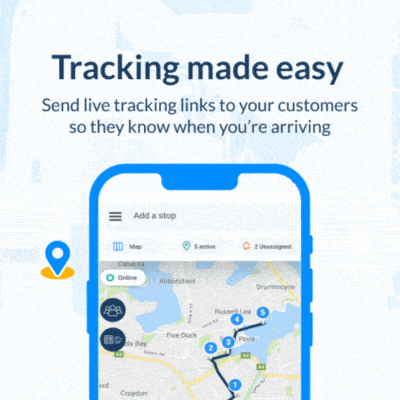This month, Anthropic unveiled its latest artificial intelligence (AI) powerhouse – Claude Sonnet 3.5. The latest model allegedly outperforms the previous versions (Claude Haiku and Claude Opus), as well as several rival models.
Whether it’s the best on the market will be confirmed in due course. However, as it stands, the new model could offer enhanced capabilities for businesses in e-commerce, logistics, and delivery industries.
Why does this matter? As AI continues to evolve and impact industries, staying ahead of the curve can provide a significant competitive advantage.
What’s new with Claude?
Anthropic says Claude Sonnet 3.5 (available for free on Claude.ai) is twice as fast as the previous model, Claude Opus. “This performance boost makes 3.5 Sonnet ideal for complex tasks such as context-sensitive customer support and orchestrating multi-step workflows.”
Other key improvements include:
- Enhanced comprehension: Better understanding of complex instructions and concepts.
- Advanced image analysis: Improved interpretation of charts, graphs, and text from imperfect images.
- Expansive context window: Maintains a large 200,000 token capacity (roughly 150,000 words).
But how can this Gen AI model be used to supercharge your e-commerce or logistics business?
Claude Sonnet 3.5 for e-commerce and logistics
The latest model offers a wide range of practical applications, ranging from streaming operations to enhancing customer experience. Its analytical capabilities also open up new possibilities for businesses operating in digital marketplaces.
Let’s explore some of these areas.
Customer services
Gen AI models boast nuanced understanding which makes it perfect for interacting with customers, since it can handle complex queries more efficiently.
Help Scout suggests using AI language models to respond to customer queries as soon as they are logged, regardless of the time of day. If a chatbot is integrated with a company’s existing knowledge base, it could easily solve common customer issues before needing to escalate the query to a human agent.
It could also be used to analyze customer feedback – from emails to reviews on social media platforms. It’s equipped to “better gauge customer sentiment and emotions” to find common issues before they become a major concern.
Inventory management
Enhanced image analysis capabilities could assist with inventory, barcode reading, and product identification.
Whether you are in retail, manufacturing, or logistics, generative AI can also be used to predict consumer demand, which in turn helps businesses to keep their stock levels optimal. Katana and Worldwide Business Research asked Shopify merchants how they use AI in this regard.
- 94% plan to incorporate AI into their business operations.
- 30% of Shopify owners said they are focusing on AI and automation.
- Almost all the respondents (97%) are implementing AI as part of their operations.
Let’s not forget market analysis and forecasting. AI language models can process industry reports and news to provide actionable insights for strategy and inventory decisions.
Product descriptions
eBay already does it. So does Shopify.
Running an online store is no joke, and one of the major pain points for e-sellers is creating compelling yet detailed product descriptions. These descriptions are also vital for ranking on the Google Shopping pages.
While AI tools don’t provide a one-click production solution (yet), businesses can implement a multi-step approach for best results. The first phase is collecting the data you need for your products. This includes the name, features, benefits and specs.
Merchants then analyze the data using natural language processing (NLP). Once the AI model has enough data to understand what your product is about, it can generate several different descriptions.
Here’s how retailers use Gen AI to transform your shopping experience.
Share this article
About the author
Cheryl has contributed to various international publications, with a fervor for data and technology. She explores the intersection of emerging tech trends with logistics, focusing on how digital innovations are reshaping industries on a global scale. When she's not dissecting the latest developments in AI-driven innovation and digital solutions, Cheryl can be found gaming, kickboxing, or navigating the novel niches of consumer gadgetry.














